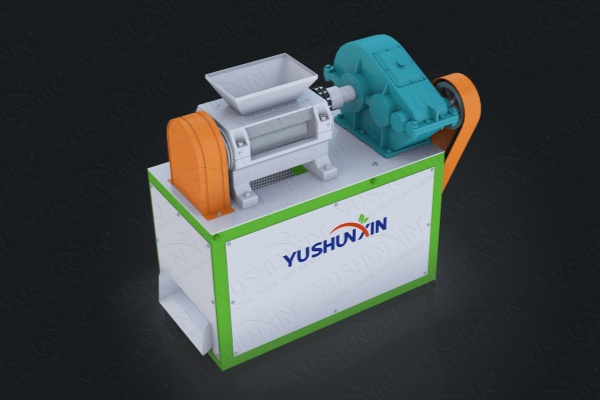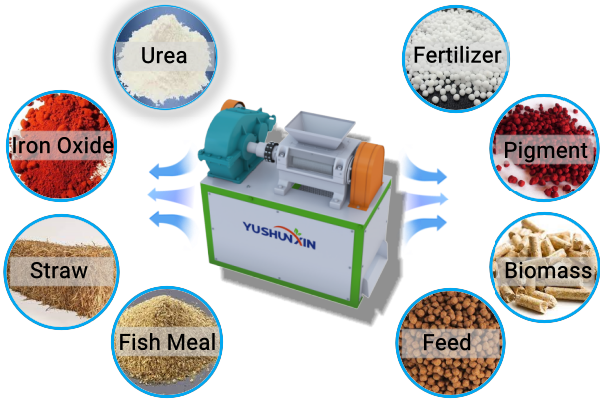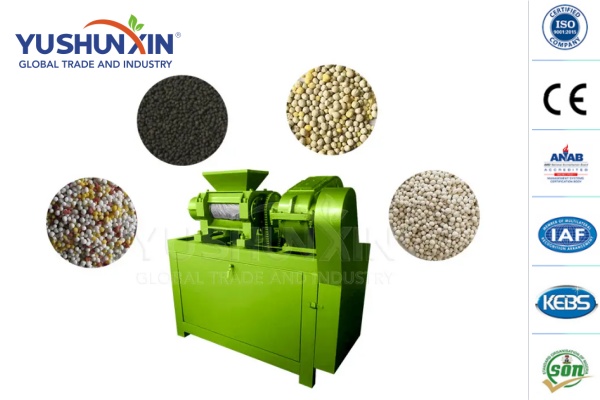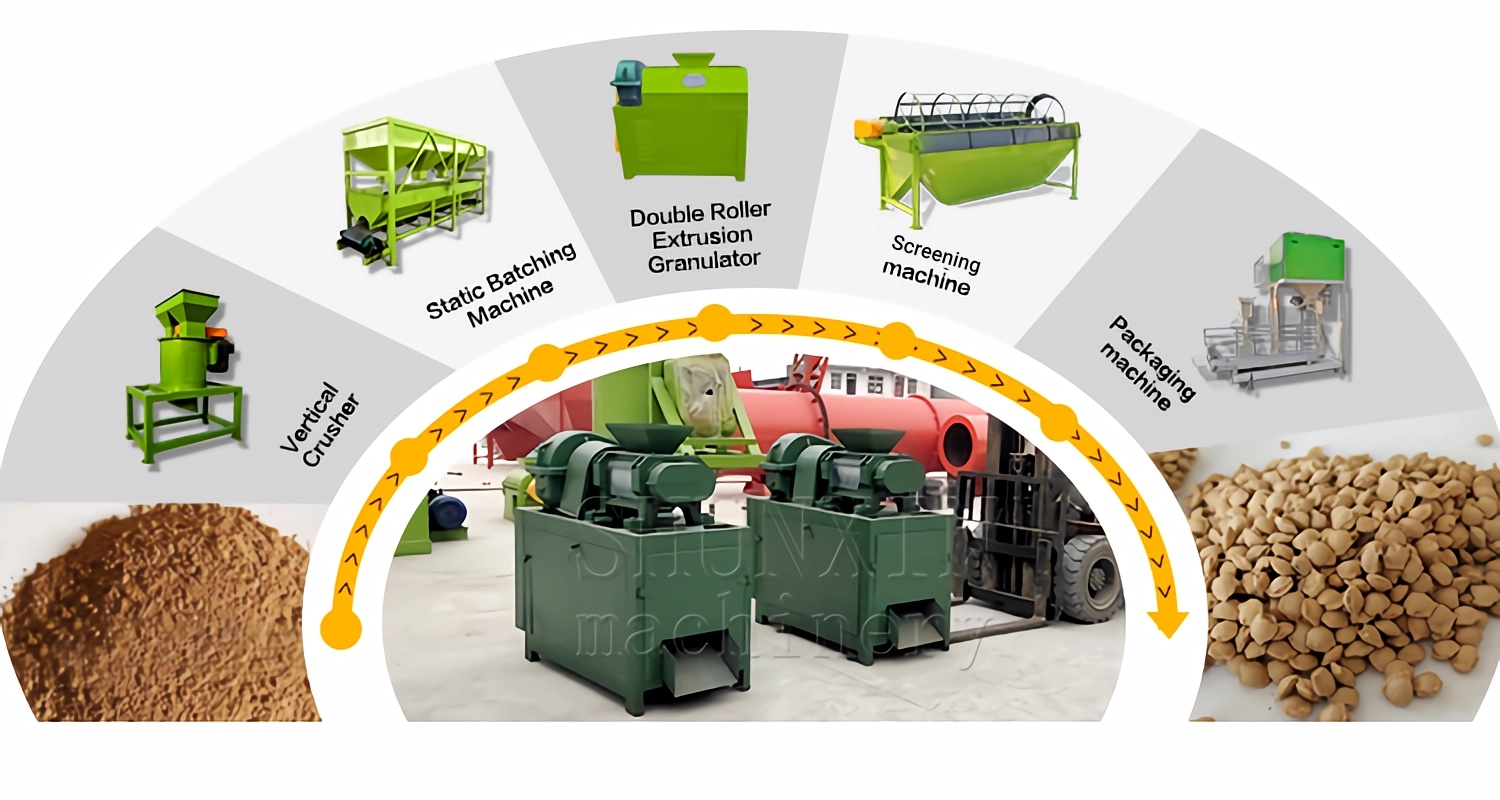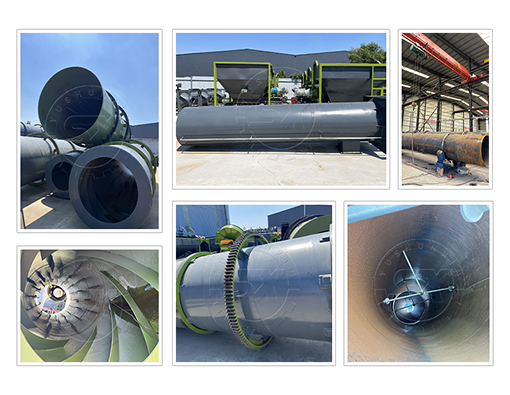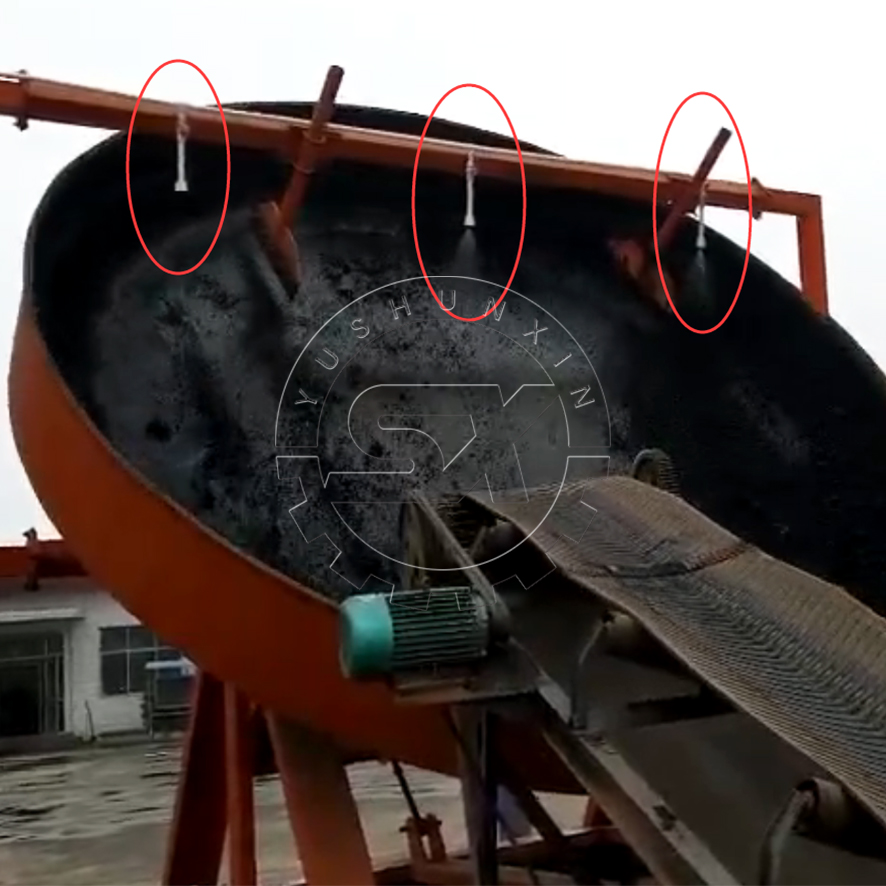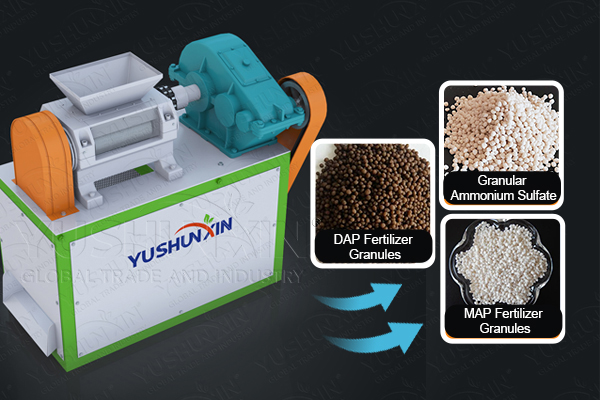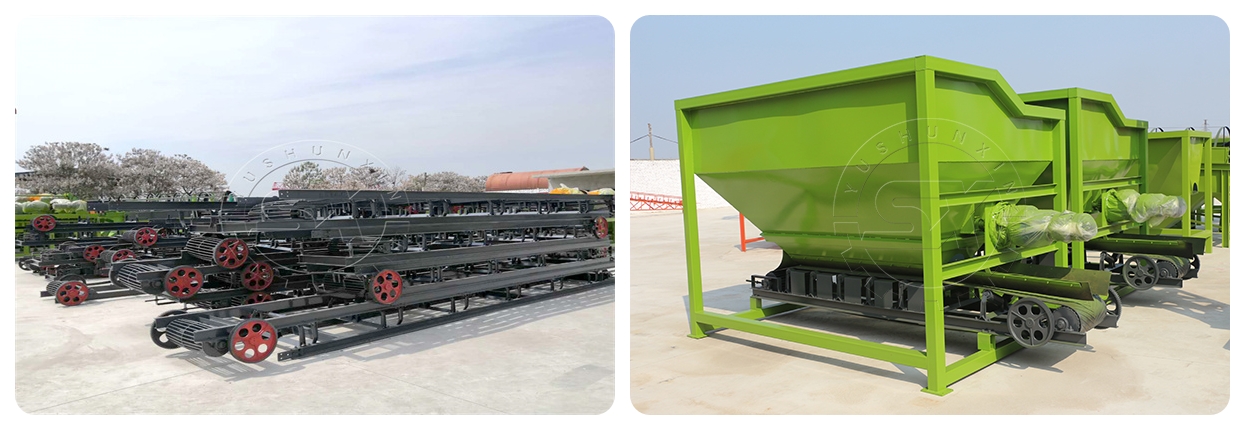Introduction to Double Roller Pelletizer
A double roller pelletizer is a type of machine used to compress and shape various materials into pellets. It is commonly used in the production of fertilizer, animal feed, and other granular products. In this passage, we will focus on how to use a double roller pelletizer to make small scale limestone pellets.
What You Need to Know Before Starting
Before using a double roller pelletizer, it is important to understand the properties of limestone. Limestone is a sedimentary rock composed mainly of calcium carbonate. It is used in various industries, including construction, agriculture, and manufacturing. When making pellets, the limestone must be ground into a fine powder and mixed with a binder to help the pellets hold their shape.
Preparing the Limestone
The first step in making limestone pellets is to prepare the limestone. This involves grinding the limestone into a fine powder using a hammer mill or other grinding machine. The powder should be fine enough to pass through a 100-mesh screen. Once the limestone is ground, it needs to be mixed with a binder. Common binders used in pelletizing limestone include water, bentonite clay, and molasses.
Setting up the Double Roller Pelletizer
Once the limestone and binder are prepared, it is time to set up the double roller pelletizer. The machine consists of two rollers that rotate in opposite directions. The rollers are set close together, and the limestone mixture is fed between them. As the mixture passes through the rollers, it is compressed and shaped into pellets.
Operating the Double Roller Pelletizer
To operate the double roller pelletizer, you will need to adjust the settings to achieve the desired pellet size and shape. The gap between the rollers can be adjusted to control the size of the pellets. The speed of the rollers can also be adjusted to control the density of the pellets. Once the settings are adjusted, the limestone mixture can be fed into the machine. The pellets will come out of the other side and can be collected for further processing or packaging.
Finishing the Pellets
After the pellets are made, they will need to be dried and cured. This can be done using a drying oven, granulate dryer machine or by air drying. The drying process helps to harden the pellets and improve their durability. Once the pellets are dry, they can be packaged and stored for later use.
Conclusion
Using a double roller pelletizer to make small scale limestone pellets is a relatively simple process. It involves grinding the limestone into a fine powder, mixing it with a binder, and compressing it into pellets using the machine. By adjusting the settings on the pelletizer, you can control the size and density of the pellets. With the right equipment and knowledge, anyone can make high-quality limestone pellets for various applications.
